SMSL PA40 Stereo Desktop Power Amplifier – Aoshida Entry-Level Class D Speaker AMP
SMSL PA40 is a $139 USD Speaker Power Amplifier with an integrated PRE function, with a Low Distortion, Low Noise and Low power consumption as the core advantages for this ultra entry-level design. Today we will explore the PA40, how it actually sounds like and if it is a good choice for anyone looking to start this hobby, or for an AMP source for their entry-level system.
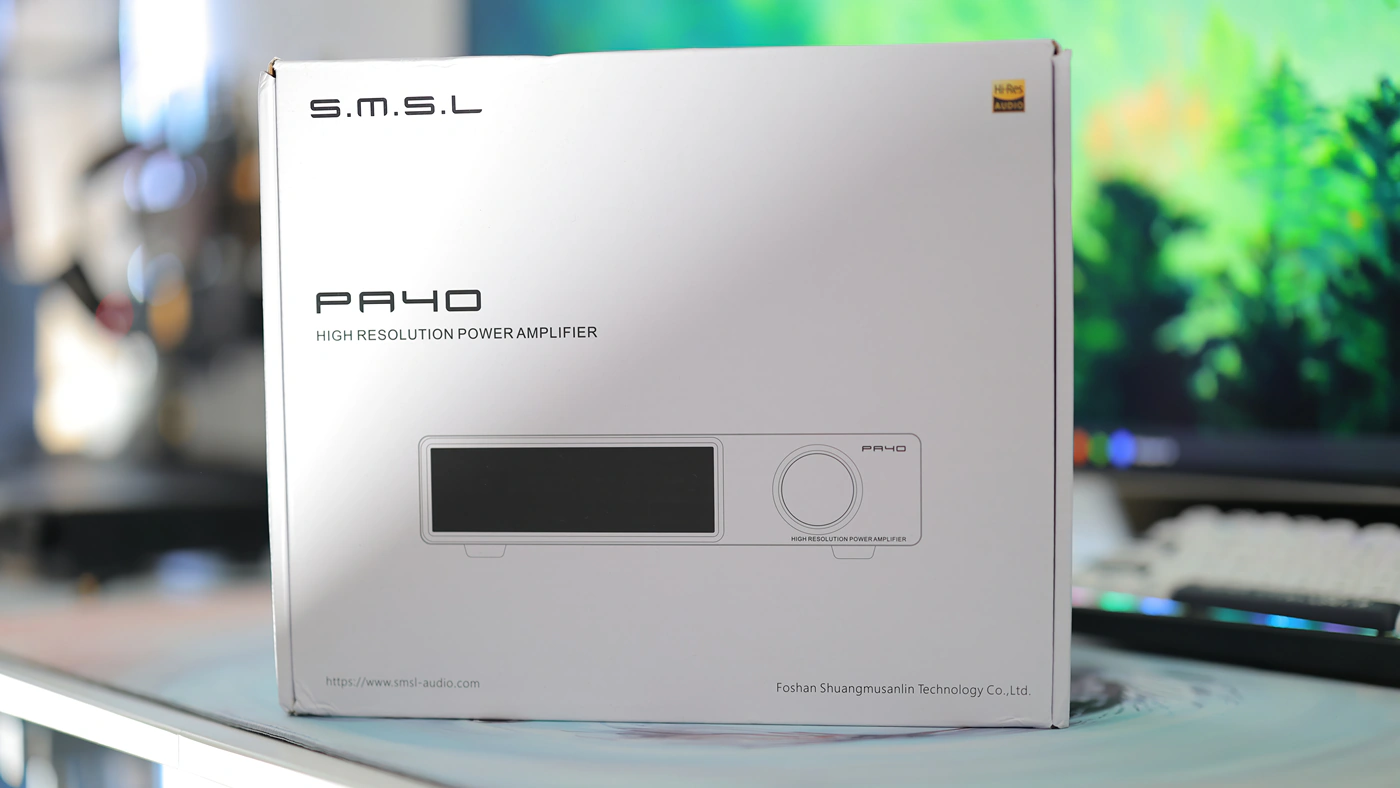
Introduction
SMSL is quite a large brand from China, having products both in the entry-level range, but also in the high-end, being well-known for offering a high price performance ratio for all of their wares. Aoshida is a large shop also from China, and Pa40 is an Aoshida exclusive mode, designed for the store, but Aoshdia offers a better warranty and support than the vast majority of Chifi sellers, and have outlets both on their official website, and also on Amazon and Aliexpress. As an Amazon Influencer, I earn from qualifying purchases, and using the purchase links in my reviews helps me maintain this website and Youtube Channel. Huge thanks to Aoshida for providing us with the sample for this review.
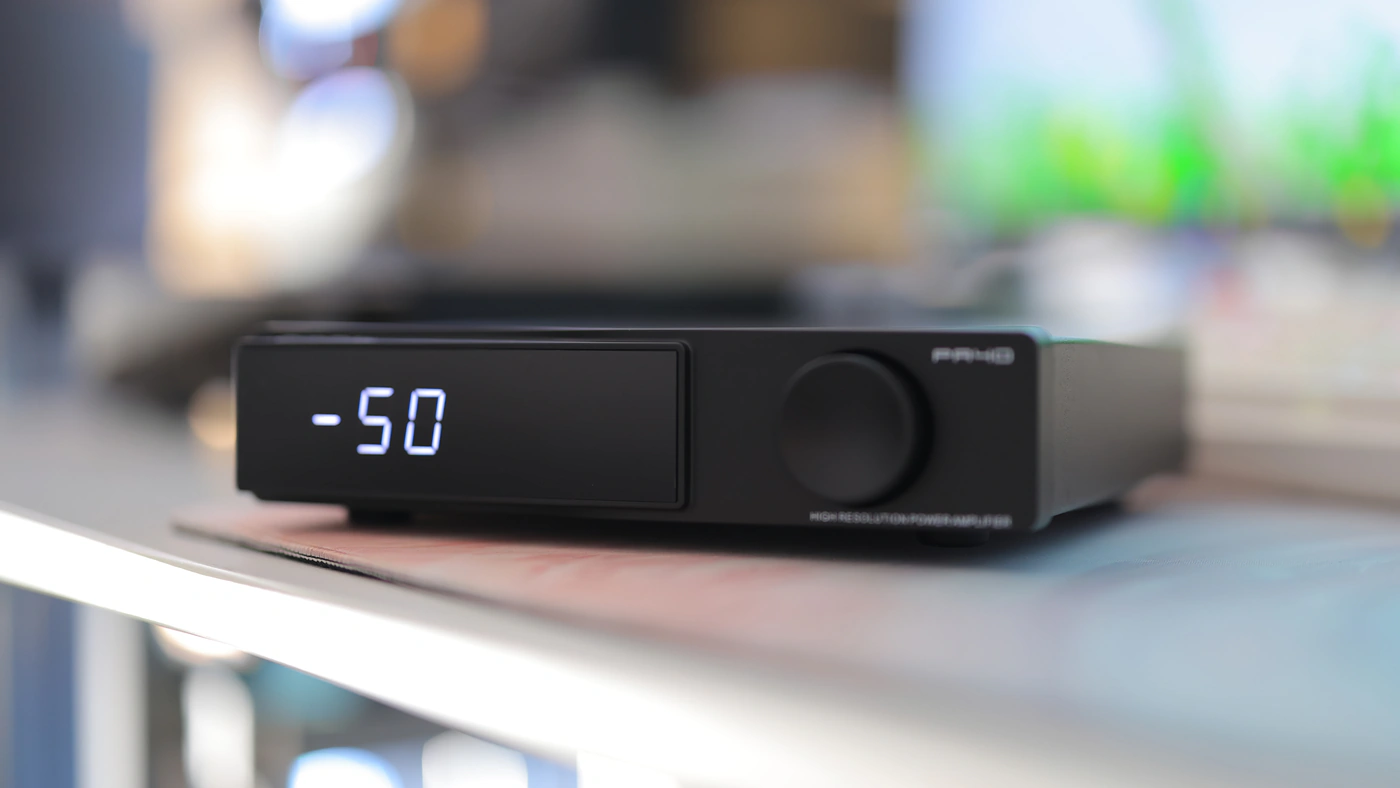
PROs – Soft and refined velvety sound, excellent resolution and detail, no bugs and no issues encountered while I’ve been using it, beautiful and reliable design, outstanding price / performance ratio.
Cons – No cons considering the price point.
Product Link
Amazon – https://amzn.to/40cexgk
Aliexpress – https://s.click.aliexpress.com/e/_omNYbMt
Build Quality/Aesthetics
With a rather traditional shape and design for a SMSL product, PA40 follows the latest design language created by SMSL, making it a perfect AMP to stack together with DO100 PRO and other entry-level DACs / DAC/AMPs. The heart of the Pa40 is led by a MA5332 Merus Series Class D Audio Amplifier chip made by Infineon, which is characterized by high efficiency, fast heat dissipation and low noise. There’s a built-in EQ in the PA40, and it has multiple protection circuits, including overheating and overcurrent protection.
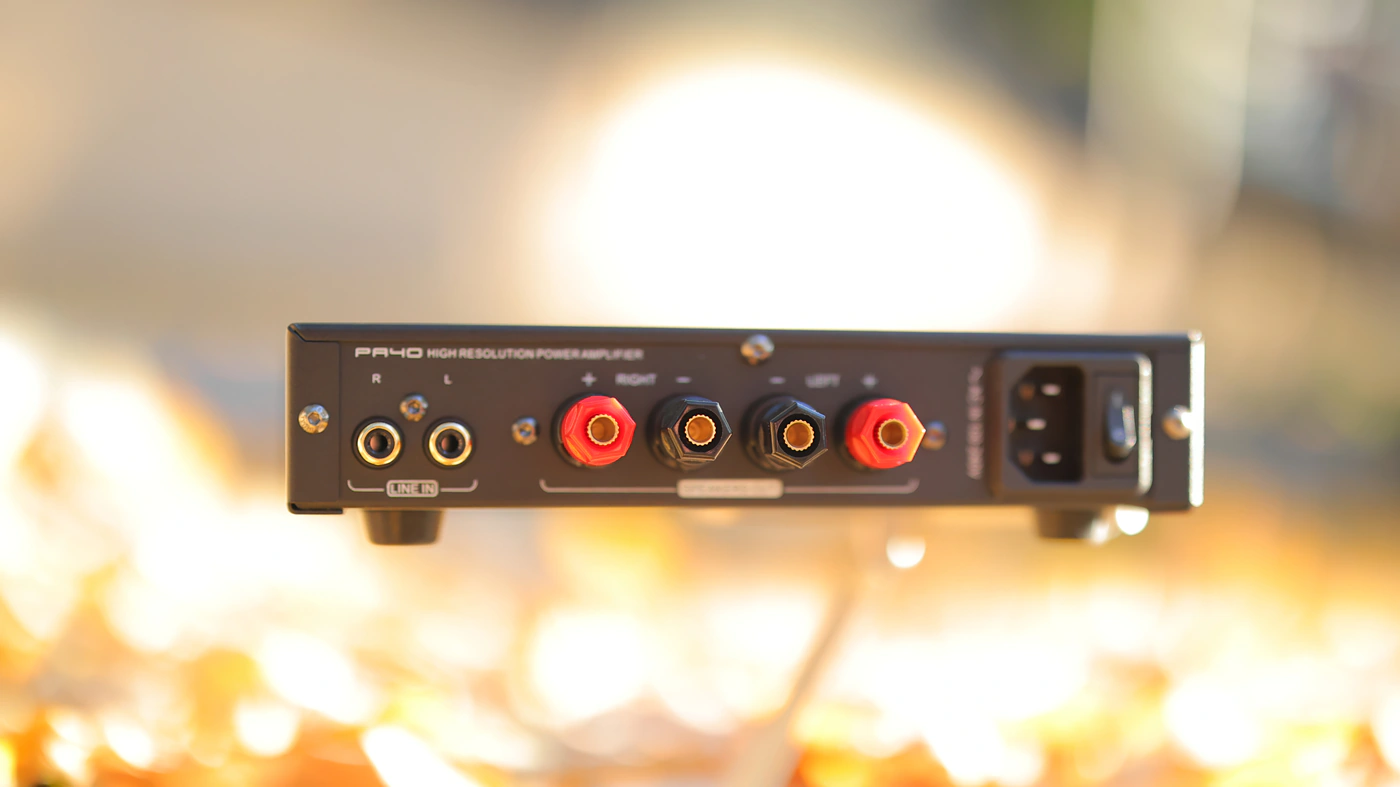
The output power of PA40 is 165W per channel, so 165W x 2 for an impedance of 4 OHMs, and 85W per channel or 85W x 2 for an impedance of 8 OHMs. Pa40 has two gain levels, which basically set the sensitivity, as both have an input impedance of 20 kOhms, but Low Gain has a sensitivity of 580 mW, while high gain has a sensitivity of 315mV.
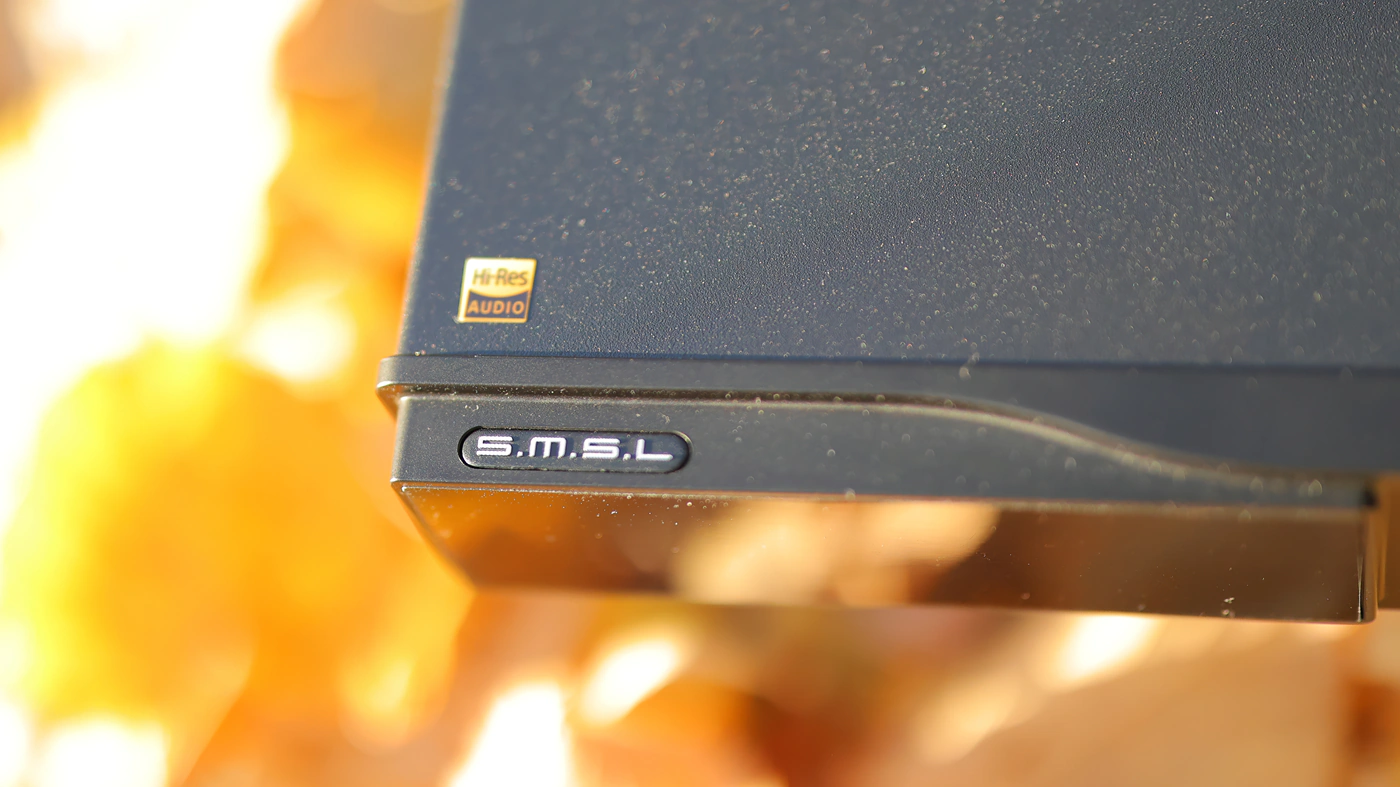
We have volume control provided by the NJU7391A, which is a 2-Channel electronic volume control chip, and Pa40 Runs in Class D, consuming very little power, running very cool, but still having a respectable sound quality. The RCA Line input is gold plated, and we have a decent Speaker Output terminal; selection. There’s a build-in power supply, so you only need to plug in a cattle plug for PA40 to work, and it also comes with a remote control.
USB DAC / Subjective Usage
When you first touch the PA40 you notice just how nice it is made, how clean the design is, and how satisfying turning the volume wheel feels like. I also noticed no background noise with all the speakers I have paired the PA40 with, and it has literally zero self-noise, which is ultra nice. Also nice is that it never grows hot, or even warm during usage, the power draw is minimal, and you have plenty of EQ options.
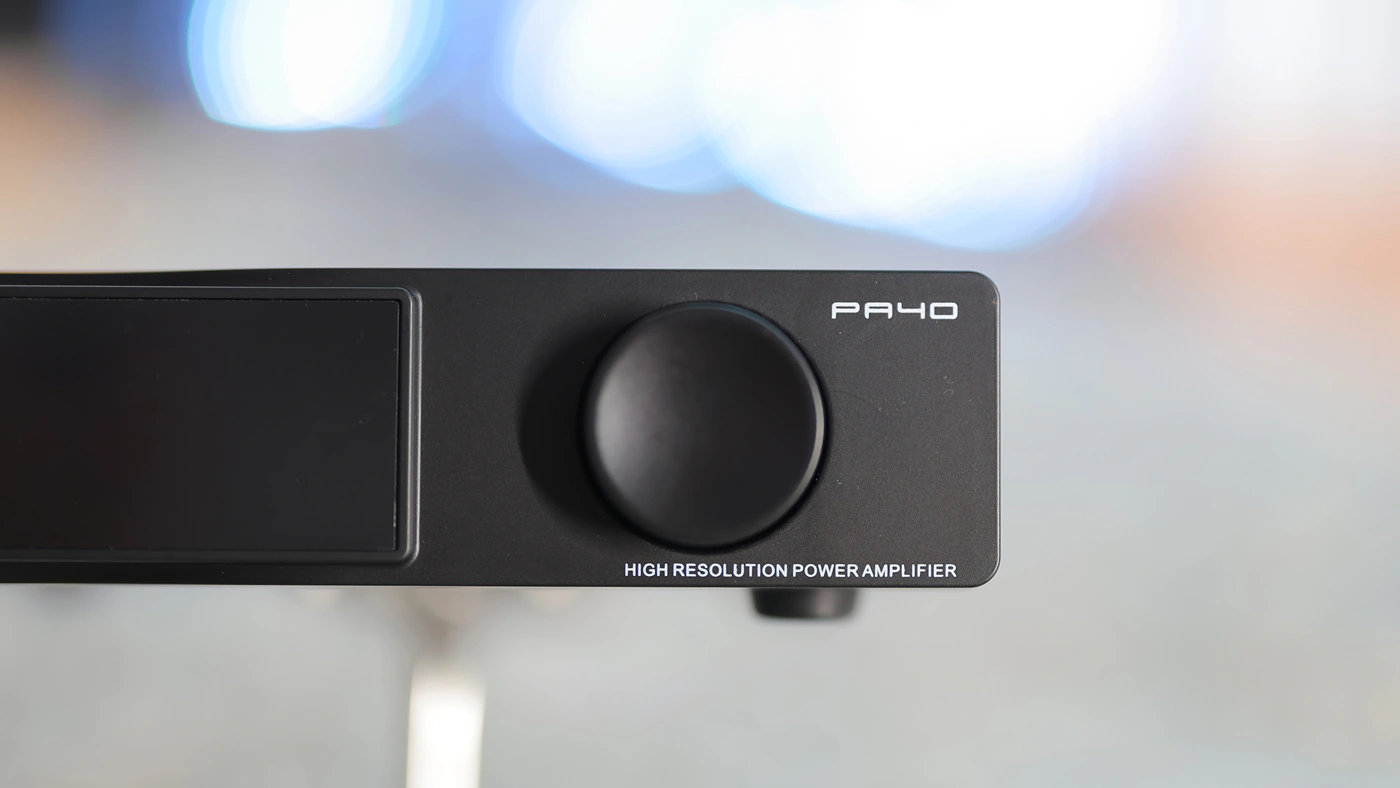
On the less positive side of things, because the display is so simplistic, you really need to open the manual or the web page that explains how to use the menus, if you want to EQ your sound a bit. The remote works wonders, and PA40 is easy to match with a source DAC, although it only has RCA inputs, where most DACs have a bit of noise. So while I noticed that it does not have noise, it is good to find a DAC with no noise too, like SMSL DO200 PRO. There is no audible pop when turning the AMP on and off, and it does not have any kind of noise at start or end.
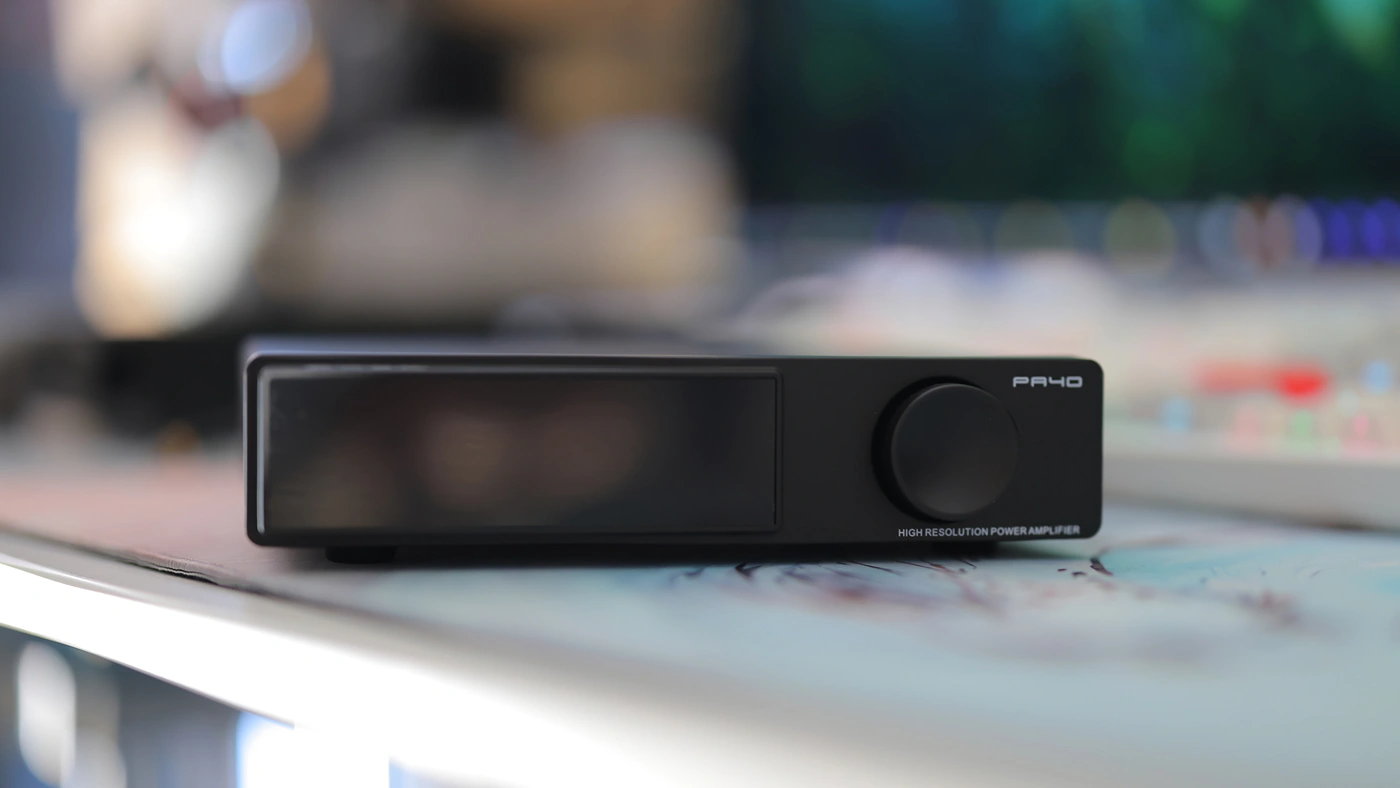
The display seems to stay on at all times, but it is not exceedingly bright, and you can even set the brightness if you find it distracting. Using the volume affects the final sound, and you can get a better sound if your DAC has volume and if you leave PA40 at max, but out of convenience, you may not notice the differences with an entry-level system. As Pa40 is an AMP, you will not have any kind of issues like delay when watching vides and I experienced no bugs during my testing.
Sound Quality
Pairings – When testing the SMSL Pa40, I have used a selection of DACs, including Dethonray Listening M1, Shanling EH1, HIFIMAN EF400, and HIFIMAN Serenade. For the speakers paired with PA40, I have selected Audience ClairAudient 1+1 V5, Pylon Audio Diamond 30 mkii, NHT c3, and KLH Model Five. PA40 generally struggles a bit with producing a deep and voluptuous bass with all of those speakers, and I would attribute this to the intended signature being the typical SMSL Entry-Level one, which is smooth and mid centric, but you have the option to EQ the sound and add more bass, which I have done for all the speakers in today’s review.

Overall Signature – The default signature is in line with SMSL’s standard entry-level sound, quite mid centric, laid-back, rfelaxed although for most speakers this translates into slightly bright, so for the most part you will need to engage the EQ to add some bass, with some setups even pumping it to the max to emulate the kind of body, bass and impact I get from the ECDesigns PowerDAC-SX, altough with PA40 this also adds mid bass and colours the sound. The sound is better with gain set to low with all the DACs I tested, and setting it to high seems to introduce a noticeable THD. To get the cleanest sound, and the best performance with most speakers, I recommend having the bass set to 3, which is halfway from max. We will review the sound in the default state though, as otherwise the review would be unfair to what you can expect from the default performance from the PA40.
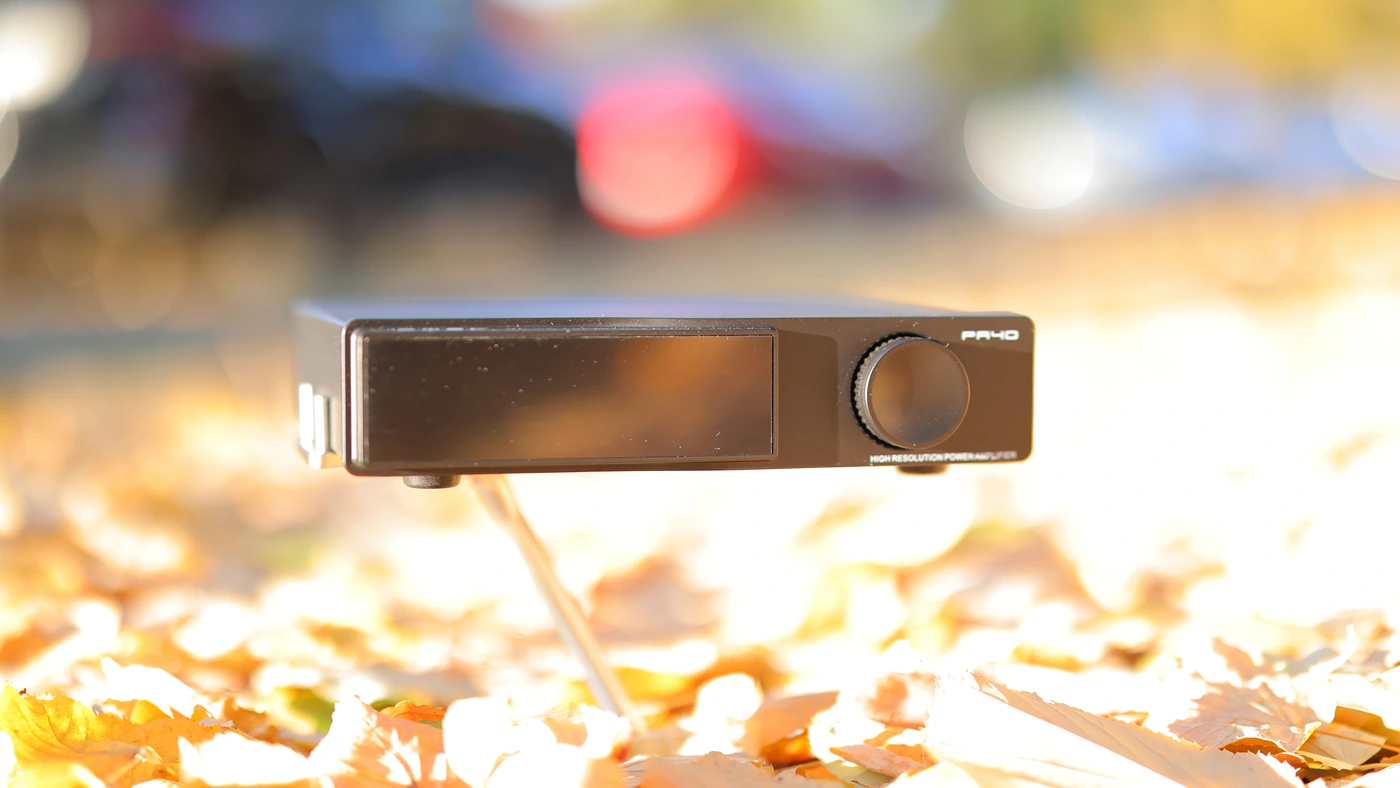
There is also a selection of EQ presets, out of which E0 or Direct sounds the most linear, and so does Et or Tone sounds the same if you don’t engage Bass and Treble Boost. E1 – Tabebuia sounds warm and fills the sound quite nicely but kills the treble, E2 or bass sounds more defined and just has some bass, E2 – Super Bass sounds less bassy than E2 Bass, E4 Rock sounds the cleanest, most defined and most vivid out of all the EQ modes on PA40. E5 or Soft kills both the bass and the treble, and brings forward the midrange quite a lot. For the best sound possible, especially taking into account that PA 40 is Class D, is to set the volume to max, and use the volume on the DAC if you have. Basically, while using the volume on the AMP does not degrade the sound, the quality, dynamics, resolution and driving power / control is increased if seting the AMP at max, and setting the volume from something else.
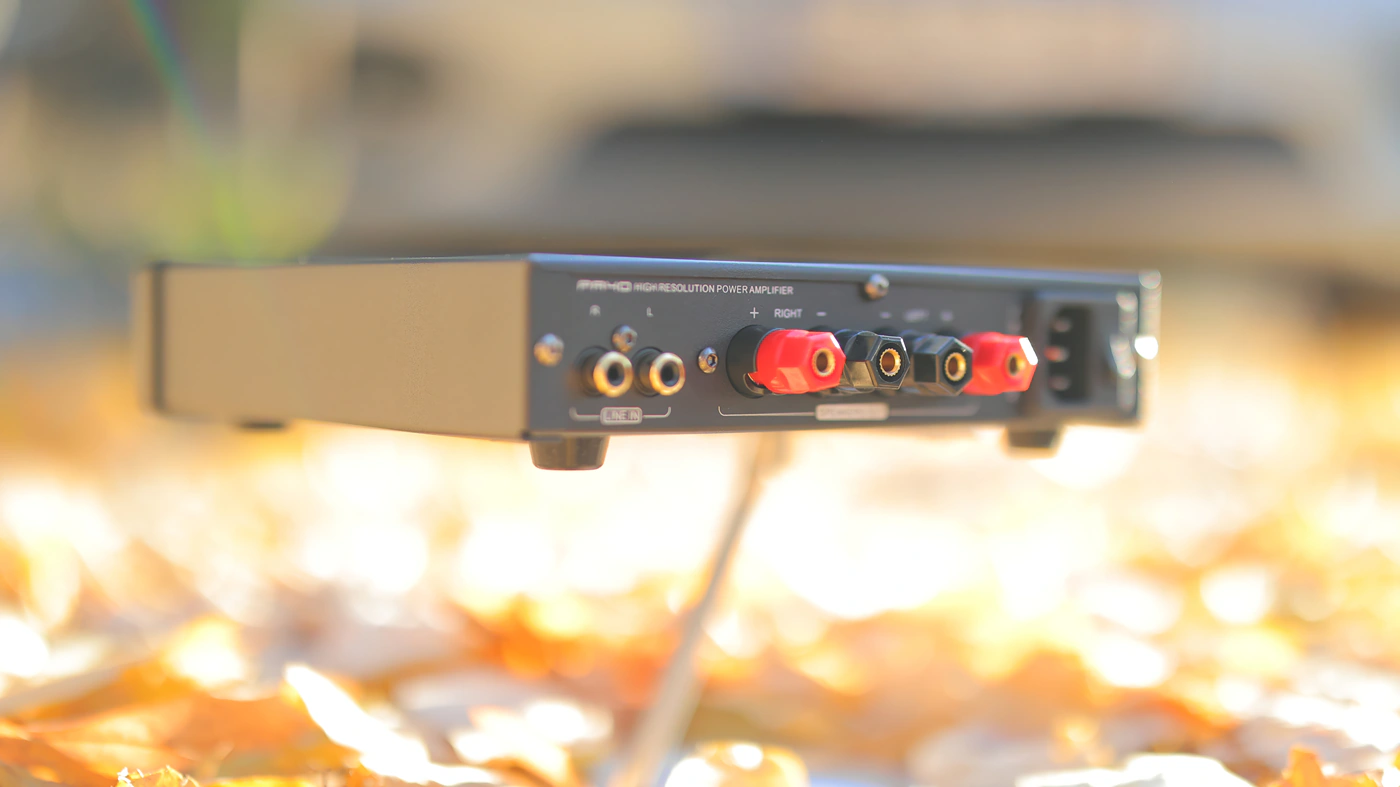
Bass – We have a fairly neutral bass in the default state, it has a natural-slow speed and renders a slightly longer decay to each note, creating space, depth and volume. The bass is more than enough even with harder to drive and larger speakers, but it really shines with smaller speakers and bookshelf ones, rather than Pylon Diamond 30 mkii, where you’d want a stronger amplifier. I can notice zero THD or distortion at lower and medium volumes, although control is a bit better if you do the volume trick and set the AMP at max and use the DAC to control the volume, in my case the Listening M1 allowing a better sound if using it for volume control.

Midrange – PA40 presents a smooth, sweet, and musical midrange. It has a good resolution, but it is never harsh or fatiguing, having a slightly soft presentation, but with a strong instrument separation. There’s an equal amount of lower midrange and upper midrange, both male and female voices are presented naturally, with a slight tendency to bring forward guitars at times, but otherwise PA 40 sounding rather transparent and presenting music in a very relaxed and pleasing manner.
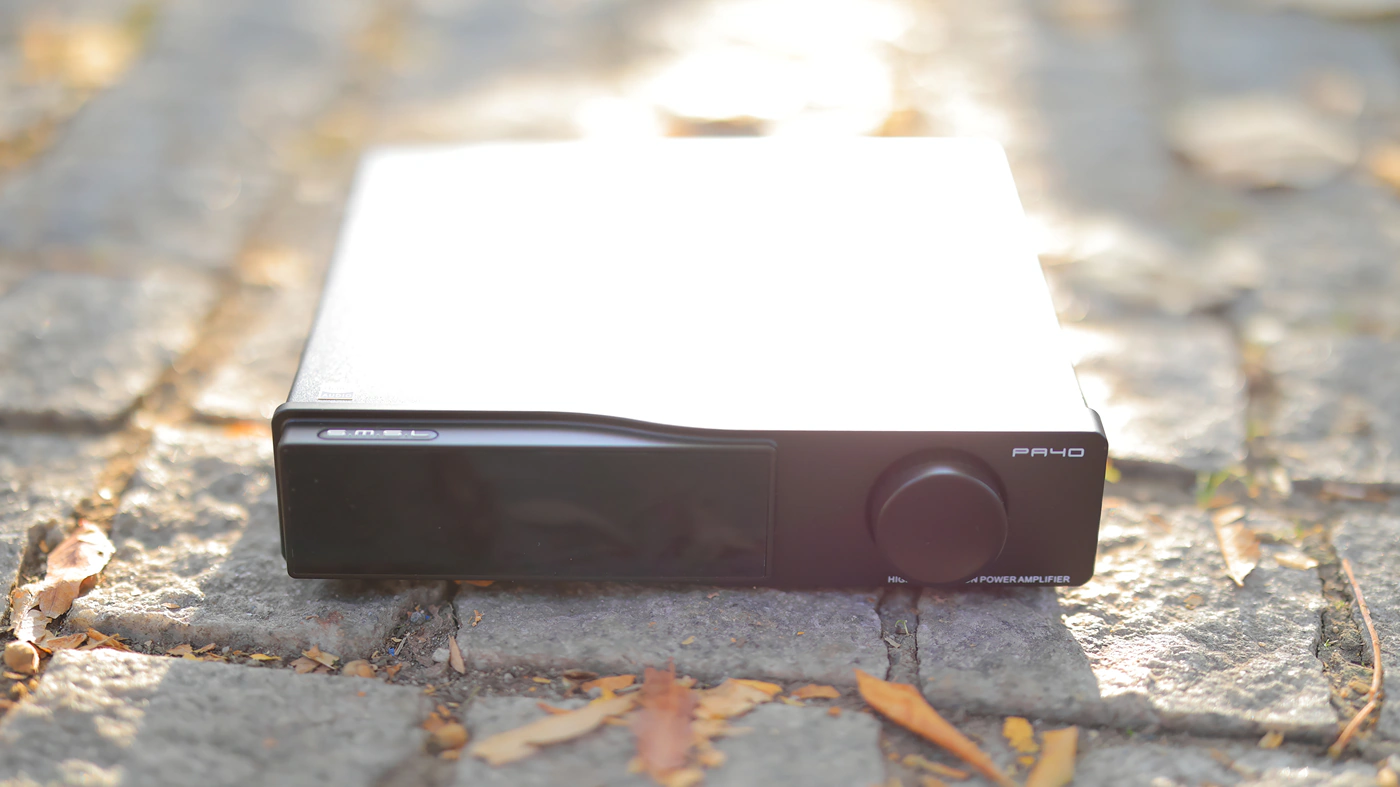
Treble – Like we’re used to hearing from SMSL, the treble is smooth, lean and relaxed. This being said, there is a quantity roll-off, the treble is lower in amount than the midrange, and the bass, but it is not completely rolled-off, Pa40 can present extension and high-end, it is just tuned to make it quieter than the rest of the sound.
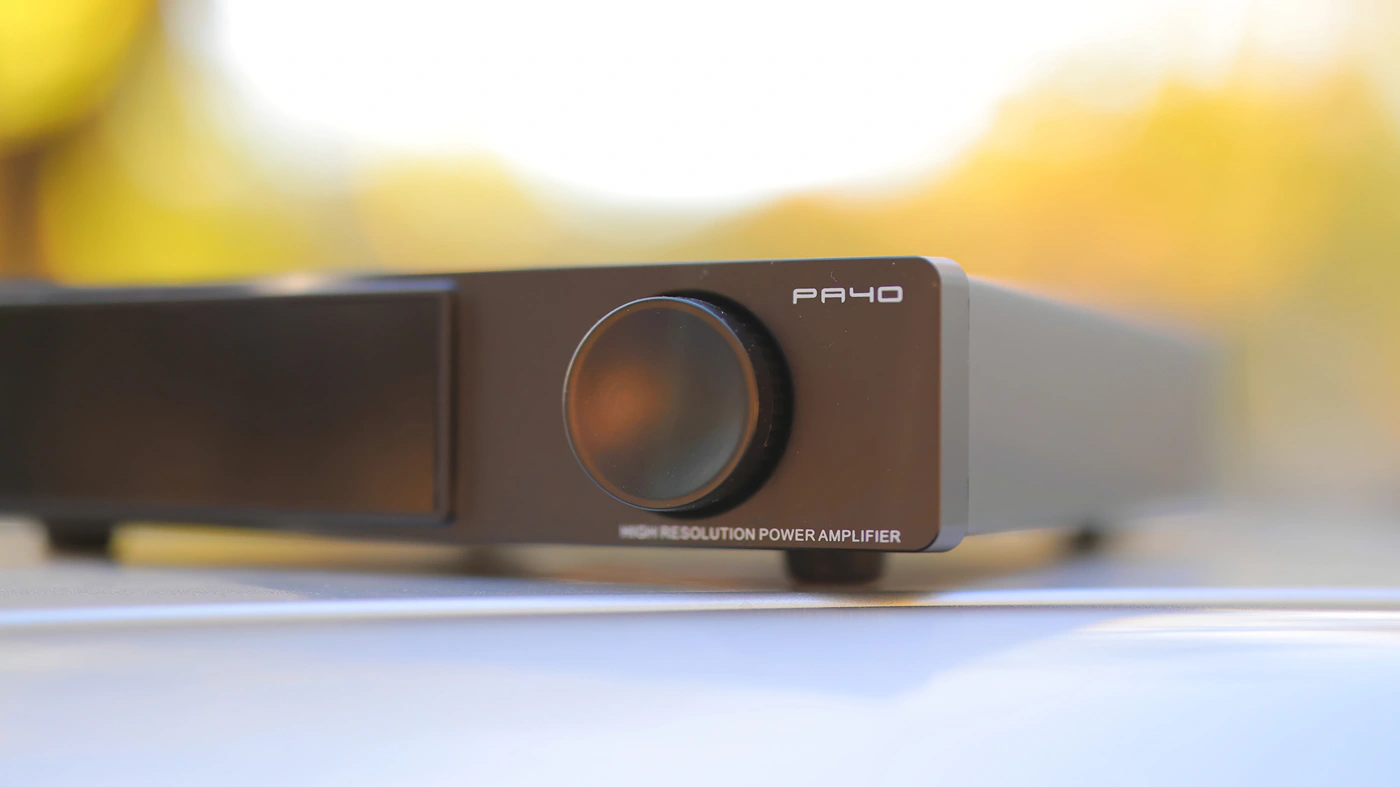
Loudness Saturation Gradient – We have both a good and a poor loudness saturation gradient. Basically, the sound is exactly the same at all actual volumes, which is excellent, but that’s if you leave the AMP at maximum, as using the volume on the AMP will reduce the quality, dynamics and impact if the volume is set lower. Also, using high grain increases the THD while using low gain presents a lower THD.
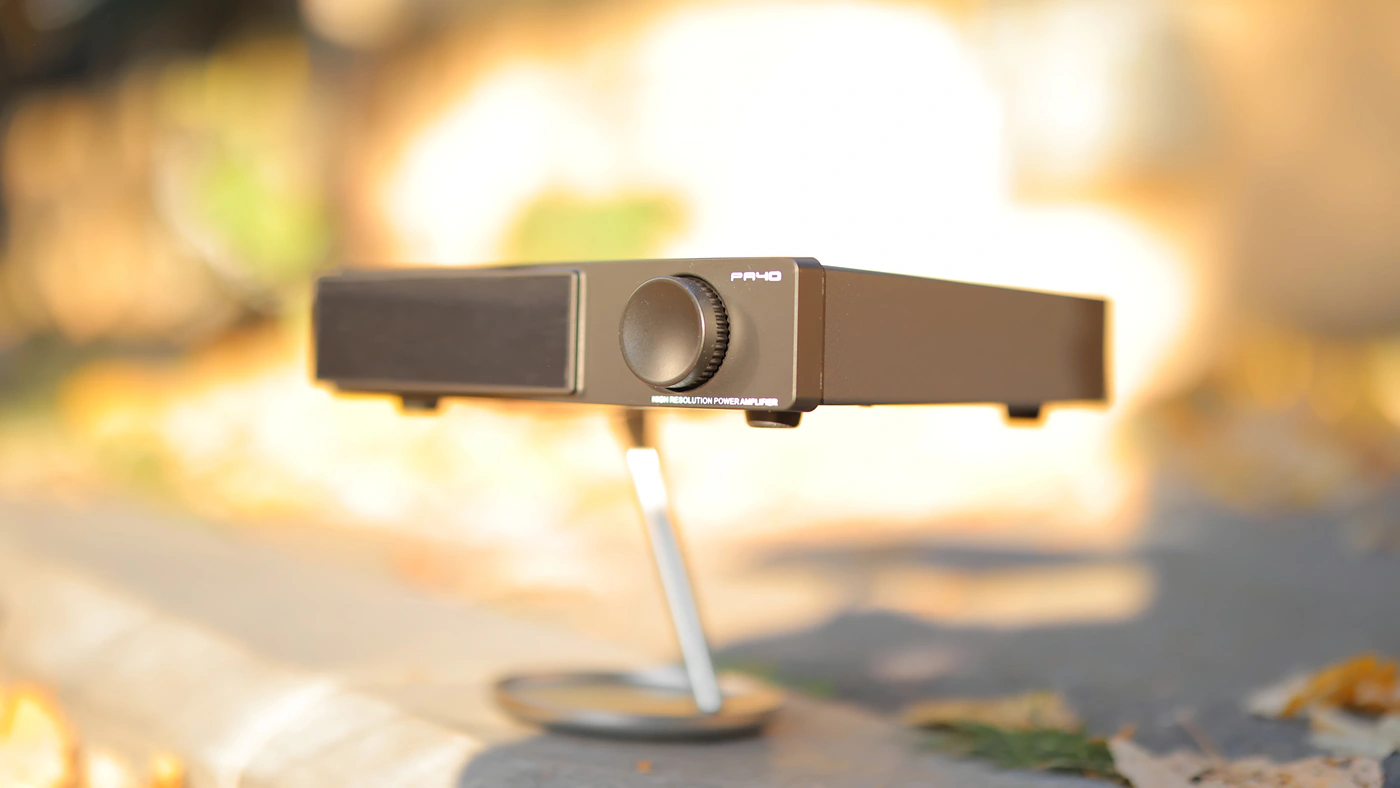
Dynamics Handling – Pa 40 is capable of presenting a highly dynamic and punchy sound, with strong contrast. You need to leave the EQ at 0, and volume at max, and use low gain, but sound is really fun and contrasty, with a high dynamic range and very little compression.
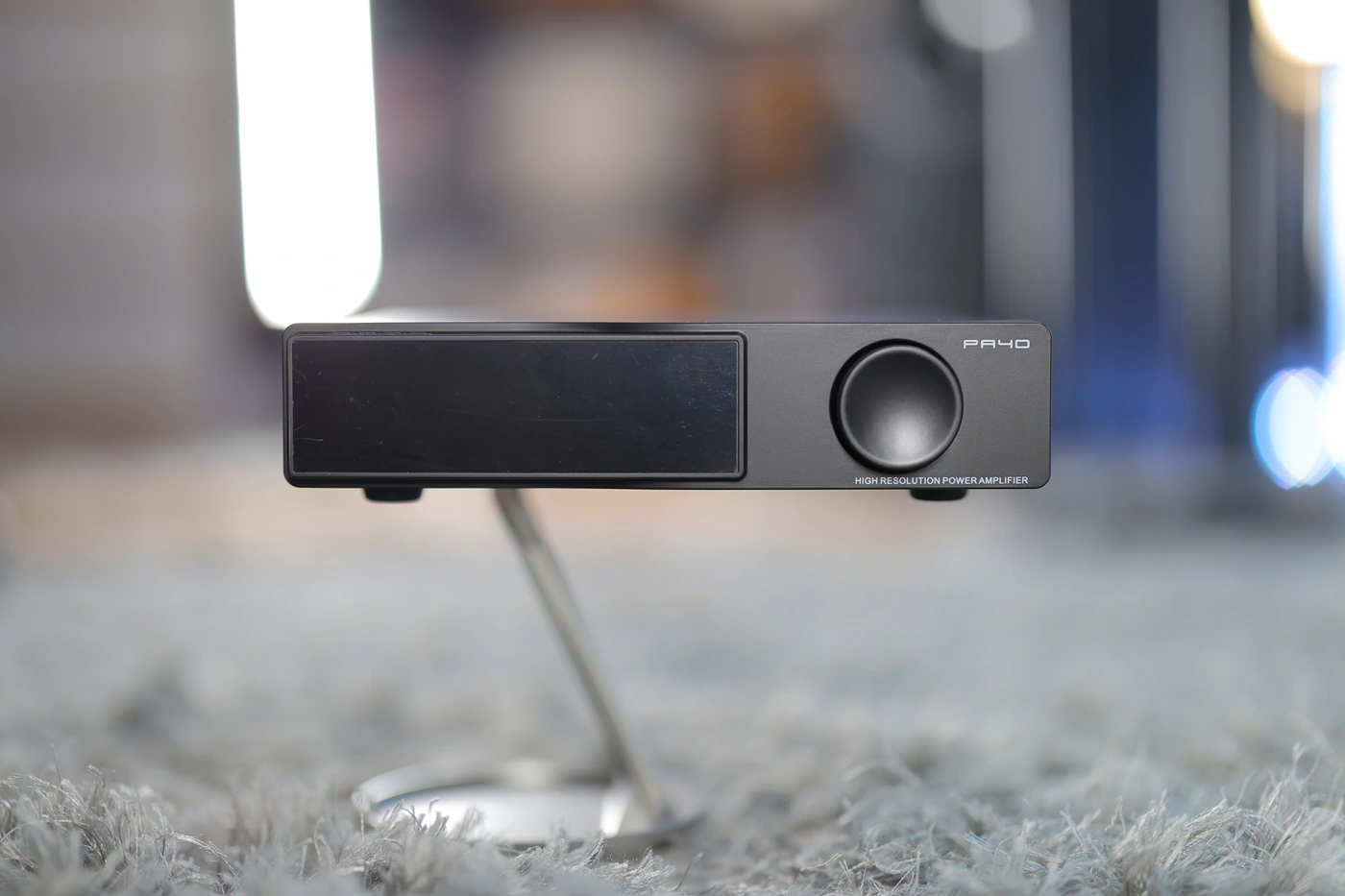
PRaT / Textures – SMSL and Aoshida went with the safe formula when designing the PA40, and it sounds smooth, with a relaxed texture, you will never hear grain, edge or fatiguing elements, and even songs that are supposed to be harsh will sound smooth and laid back. Pa40 is very relaxed sounding in the textures and it is a safe choice for any pair of entry-level speakers.
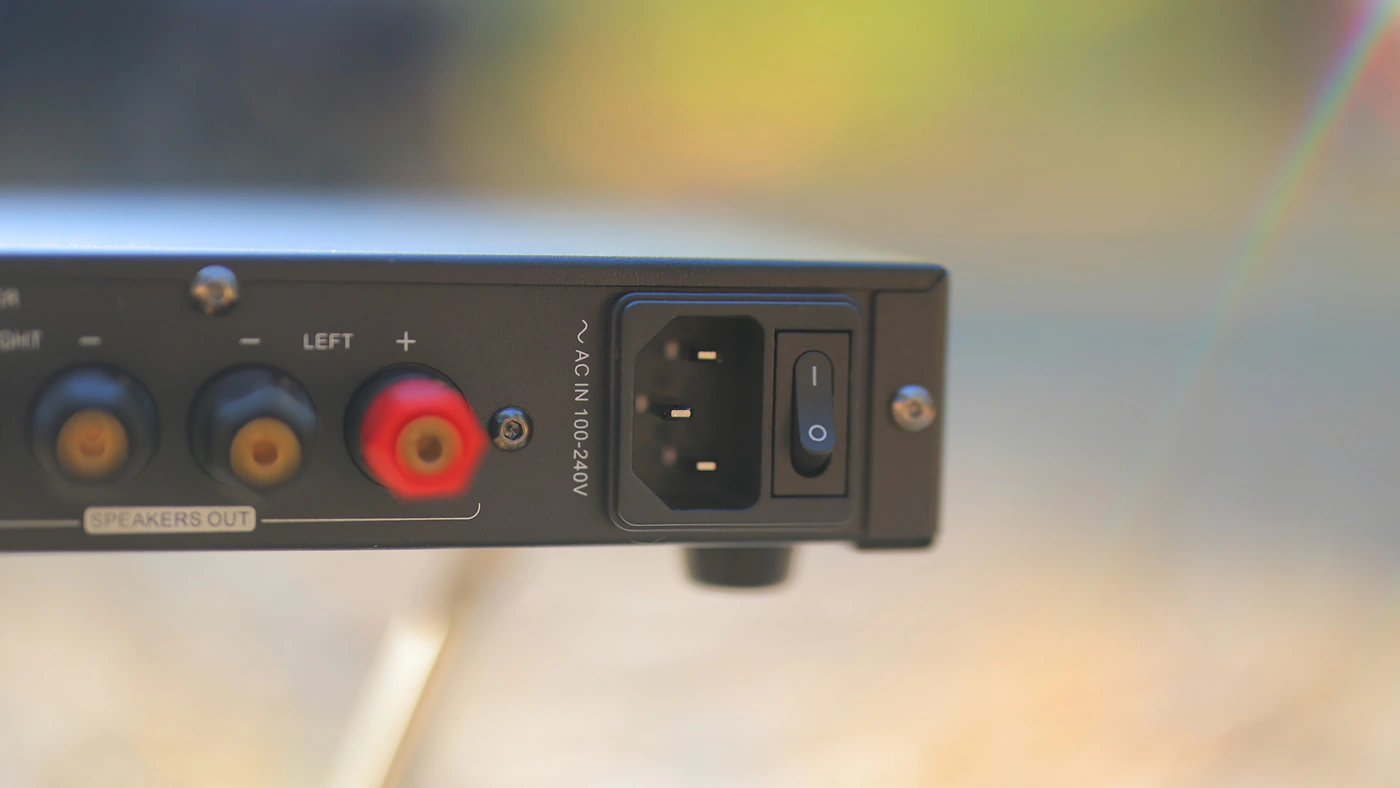
Soundstage – To complement the whole sound, SMSL and Aoshida made the PA40 with a strong stereo imaging and good instrument separation, although the soundstage is medium in size, with more depth than width, and with a slightly forward presentation to lead instruments / lead voices, but with the background coming right behind them, and a medium amount of space for the whole sound.
Value and Conclusion
The price of PA40 is undeniably low, and the design itself is very simple, but effective at providing you with an affordable but highly efficient Speaker AMP, so the value is very good, especially if the rest of your system is in the entry-level range. In fact, when you factor in the EQ, which will be needed for most entry-level speakers, you get a really fun AMP, with plenty of power for bookshelf speakers, and with a beautiful shape, for less than the price of most audiophile accessories.
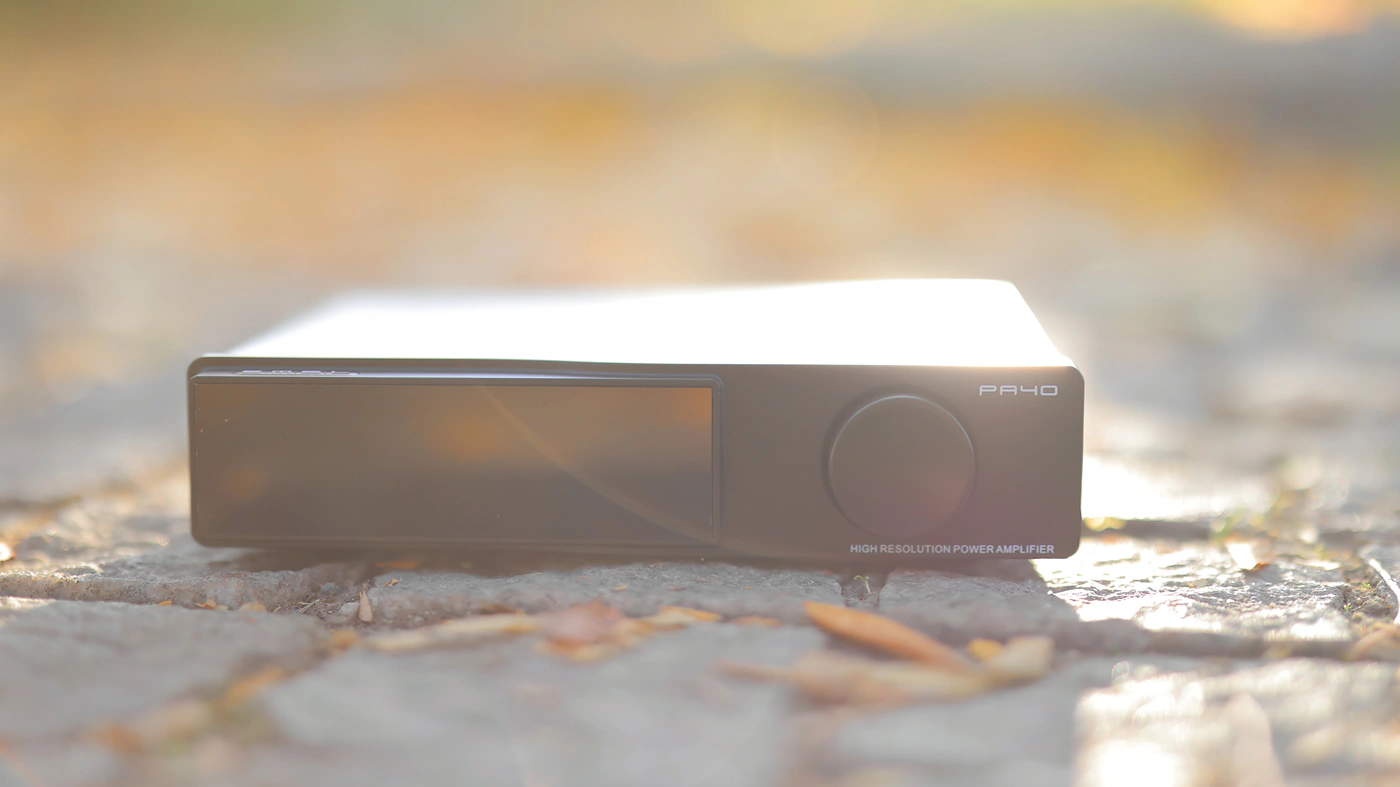
At the end of the day, SMSL Pa40 is a highly recommended Speaker AMP for anyone who is in the entry-level range and who needs a good Speaker AMP, but both Aoshida and SMSL have much better AMPs if you want to go to midrange or high-end. Still, PA40 is one of the most efficient Speaker AMPs in the whole world, offering a clean sound, no noise but excellent resolution, and it is a fully recommended purchase if you want to stay low with the price but high with the sound quality.
Product Link
Amazon – https://amzn.to/40cexgk
Aliexpress – https://s.click.aliexpress.com/e/_omNYbMt
--- Please remember to stay safe, and always have fun while listening to music!---
- If you have a dime to spare, please donate, and help us! It would make the day brighter for me and my wife-
Full Playlist used for this review
We listened to more songs than those named in this playlist, but those are excellent for identifying a sonic signature. I recommend trying most of the songs from this playlist, especially if you’re searching for new music! The playlists are different for Spotify, Tidal and Youtube, and based on the songs I enjoy and are available on each!
https://www.youtube.com/playlist?list=PL_cjBXGmwSHSdGcwuc_bKbBDGHL4QvYBu
https://open.spotify.com/playlist/5J3oloz8Riy9LxEGenOjQ0?si=979ba4f082414be7
https://tidal.com/browse/playlist/330fd544-8e5b-4839-bd35-676b2edbb3d5
--- Contact Us ---






Based purely on sound, which is for you is better – SMSL PA40 or Fosi Audio V3 stereo?